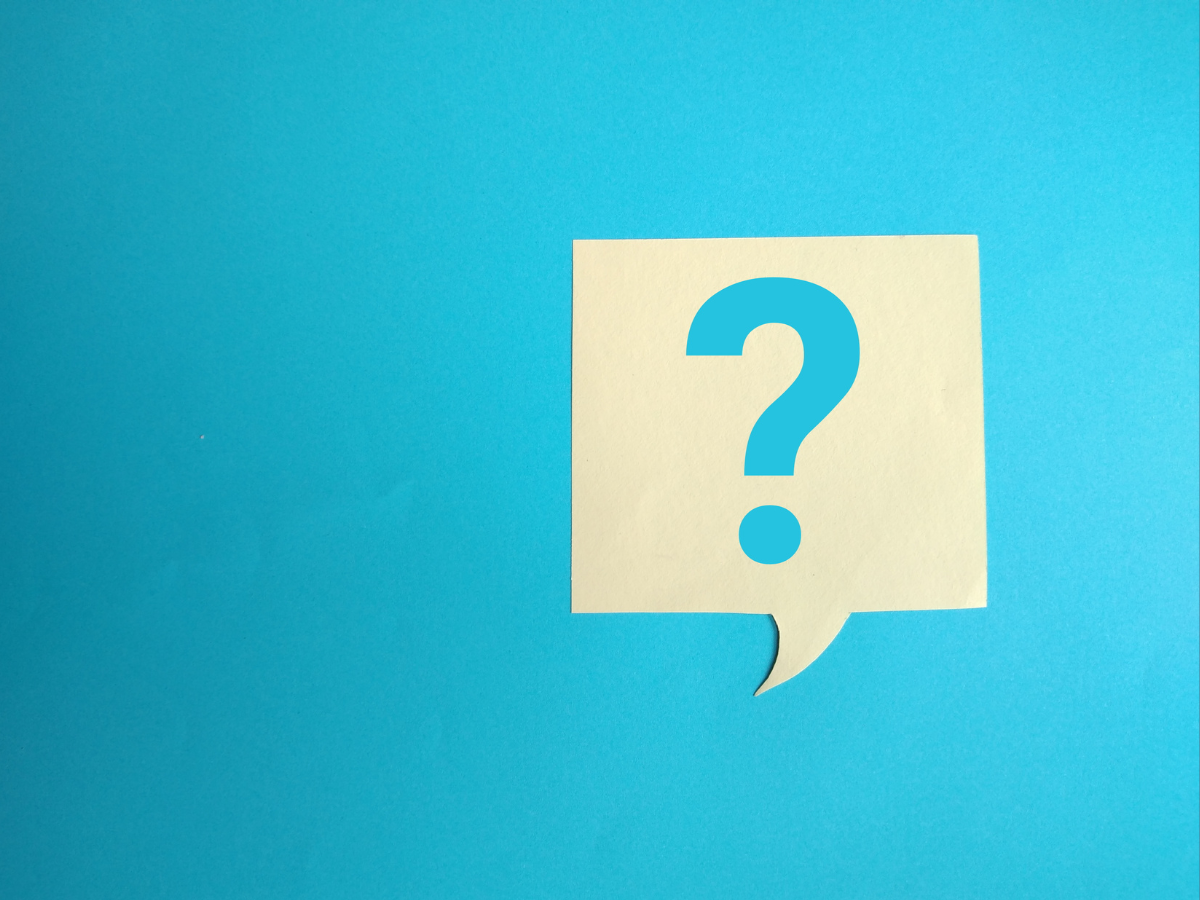
Dr. Charlie Seltzer’s Blog
Read our blog to see what our weight loss specialist and physician have to say about health and nutrition.
Peptides: The Pros, Cons, and Potential for Health, Skin & Weight Loss in 2026
Dr. Charlie Seltzer breaks down what peptides are, explaining their benefits, potential drawbacks, and how they work in the body. Learn how peptides may support overall health, skin concerns, and weight loss, and decide if they’re right for you.
How to Stick to Your Weight Loss Goals During the Holidays
The holidays don’t have to derail your progress. Staying on track is more about structure than perfection. Check out these simple strategies to enjoy the season, maintain your weight, and start the new year feeling in control.
Flavorful Dining for GLP-1 Users
Learn how Dr. Seltzer helped provide key insights to Cuba Libre’s culinary team as they crafted balanced, delicious meals that support wellness goals without sacrificing delicious flavor.
How to Prevent Weight Regain After Stopping GLP-1
Many people regain weight after stopping GLP-1 medications like semaglutide or tirzepatide, but it doesn’t have to be that way. Learn more about Dr. Charlie Seltzer’s plan for protecting your metabolism and keeping the results long after treatment ends.
What Is the Best Workout to Build Muscle Without Steroids?
Building muscle without steroids comes down to training hard, choosing effective exercises, and staying consistent. This post breaks down the key principles—like intensity, volume, and personal preference—to help you get the best results naturally.
Eating Carbs and Losing Weight: The Truth About Losing Weight
Carbs aren’t the enemy when it comes to weight loss—eating more calories than you burn is. Learn how to enjoy carbs while still reaching your goals by reading the full blog!
Protect Your Muscle on GLP-1s
GLP-1 medications can assist with weight loss, but they may also lead to muscle loss if not managed properly. Discover how Amino Rx can help you retain muscle while losing fat. Read the full blog for more insights.
The Key to Weight Loss: Balance Over Perfection
Weight loss isn’t about strict perfection—it’s about finding a sustainable balance that supports both your physical health and mental well-being. Read the full blog to learn how you can build a realistic, enjoyable approach to nutrition.
The Problem With Proprietary Blends
Proprietary blends in supplements often hide ineffective dosages and fail to deliver on their bold claims. At Dr. Charlie Seltzer Lifestyle Medicine, we explain how to navigate these misleading products and choose supplements that truly work. Read the full blog to learn more!
The Importance of Personal Training for Mobility and Strength
Discover how personal training can help you unlock better mobility and strength with customized programs designed just for you. Read the full post to learn why working with our team can be a game-changer for your fitness journey!
Balancing Books and Calories
Uncover Zoe's inspiring journey of achieving a 40-pound weight loss while navigating the bustling life of a college student.
Optimizing Testosterone Levels: A Comprehensive Approach
Discover Dr. Seltzer's approach to optimizing testosterone levels in his latest blog post, exploring comprehensive care and tailored solutions. Unlock valuable insights and strategies for achieving optimal health.
Take a Virtual Tour Of Our Office
Interested to see inside the practice? Enjoy this short virtual tour of our office!
Your Wellness, Your Vote: Supporting Dr. Charlie Seltzer Lifestyle Medicine
Our team is thrilled to have been nominated for The Philadelphia Inquirer Philly Favorites! Be sure to cast your vote.
2023 Philly’s Best weight loss center
We are excited to announce that, for the second year in a row, we have been honored with the title of Metro Philly's Best Weight Loss Center!
Expert Perspectives - Diving into Wegovy and Ozempic
During the ABC27 news segment, Dr. Seltzer shared his thoughts on Wegovy and Ozempic, two medications that are garnering considerable attention for their role in treating obesity.
Shifts in the Weight Loss Industry: The Impact of Ozempic, Wegovy, and Mounjaro
Dr. Charlie Seltzer, a specialist in obesity and internal medicine, shared his insights on the most effective drugs for weight loss, on 6 ABC Action News. To learn more, watch the full video or read the accompanying article.
The Body reimage podcast - testosterone replacement therapy
Dr. Charlie Seltzer joined Personal Trainer Jesse Frank on The Body Reimage podcast to discuss the importance of maintaining optimal testosterone levels for feeling youthful, performing better, and living a healthier life. They explored what testosterone is, how it influences health, and what treatment options are available.
The Body Reimage Podcast - Thoughts on Ozempic, Wegovy & Mounjaro
If you're interested in learning about the latest weight loss drugs and how they can help you achieve your fitness goals, then you should definitely tune in to The Body Reimage Podcast with Jesse Frank and Dr. Charlie Seltzer.
Metro Philly’s Best - winner 2022
Dr. Charlie Seltzer Lifestyle Medicine is honored to be chosen as Metro Philly’s Best Weight Loss Center for 2022.




















